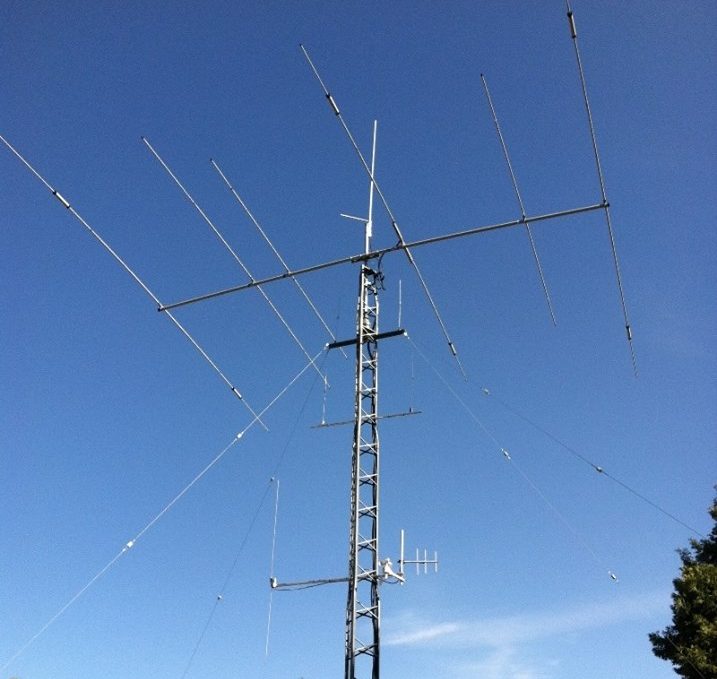In a *very* casual way Kirchoff’s Law is the “what goes up must come down” rule of electronics – for a complete circuit to be complete, the current in one wire of the supply/source must equal the current in the other wire.
This essential ‘work’ – explaining voltage and current behavior in electronic circuits, applies universally whether we are working with something as simple as a battery and a light bulb, or as complex as a transmitter and antenna.
https://www.khanacademy.org/science/physics/circuits-topic/circuits-resistance/a/ee-kirchhoffs-laws
This is pretty easy to ‘see’ measuring the leads to/from a battery and a lamp – if the lamp draws 1 amp, both leads must be carrying 1 amp – whether you measure the current near the supply, or near the lamp. You don’t get 2 amps because you have 2 leads carrying 1 amp each.
Ideally this is how things work with proper antennas – the current measurements of each lead at the transmitter and the current measurements of each lead at the antenna should be equal on both leads. ‘Seeing’ this with RF gets to be challenging.
This necessarily comes up a LOT in various antenna discussions because in fact not all antennas provide/allow for equal currents on both leads – at least not at the antenna-end, and sometimes not where we expect to measure them as equal at the transmitter.
How can that be?
Well, this is where differences between half-wave dipoles, end-feds and OCF, etc. get interesting.
